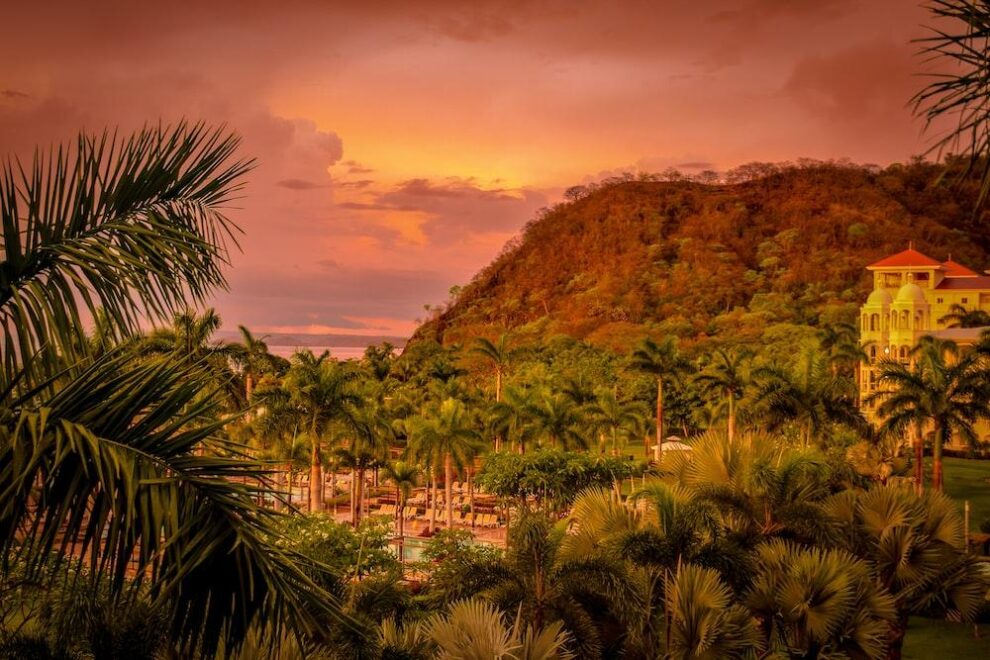Latin America is full of vibrant and colorful cultures that influences from worldwide have shaped. Latin American culture is diverse and unique from traditional music and dance to religious ceremonies and festivals.
Spanish is the primary language spoken in many countries, but dozens of indigenous languages still hold importance in the region.
The area’s cuisine ranges from mouth-watering tropical fruits to hearty dishes. Latin Americans are known for their hospitality, warm spirits, and friendly – making it a great place to visit!
In the following blog, we will learn a few interesting facts about Latin America culture. Let’s start with a better understanding.
Amazing Tribes of Latin America
The Amazon is home to many of the world’s most remote tribes. With over 90 estimated tribes scattered across Latin America, the majority are known to reside in Brazil, Peru, Bolivia, and Venezuela. These indigenous peoples live according to their traditional ways of life and have little outside contact with the rest of society.
The lands inhabited by these tribes form a vital part of the Amazon rainforest’s biodiversity and are essential for maintaining its unique ecosystems. These areas serve as a refuge for wildlife species that may not survive elsewhere due to deforestation or other human activities.
To protect these vulnerable communities and their environments, various governments and organizations have taken steps to secure their legal rights.
Mammoth Urbanized Region of the World
Urbanization in Latin America is an ongoing process, with more and more people choosing to move to cities each year. Latin people love to reside in cities due to high living standards, commercial areas, mobile casino and many more. If you’re a casino lover, you can get more free spins no deposit in Latin American clubs than in other countries.
This has created several challenges for local governments, as they need to ensure that infrastructure and services can keep up with the growth.
Besides, over-urbanization can lead to problems such as pollution and overcrowding, which can negatively impact public health and quality of life.
To combat these issues, many Latin American countries have implemented policies to curb urban sprawl and encourage sustainable development. Despite this, the trend of urbanization in Latin America is likely to continue due to increasing economic opportunities available in large cities.
Fish Rain
The mysterious phenomenon of ‘It Rains Fishes In Yoro’ is a long-standing tradition in the Honduran town of Yoro. During May and June, locals witness thousands of tiny fish falling from the sky every year. But it remains a mystery.
It is due to waterspouts. Waterspouts are mini tornadoes that form over the water and can move through the air with enough force to pick up small objects like fish and carry them across the land. It’s believed that waterspouts could be responsible for bringing these fish into Yoro during this time each year.
Mexico City Is Sinking
Mexico City is a populated city in the world, and it is sinking at an alarming rate. Every year, Mexico City sinks ten inches due to its location on a dried lakebed.
This sinking has caused numerous problems for the city, including increased risk of flooding and ground liquefaction during earthquakes.
The Mexican government has taken steps to combat this phenomenon by pumping out groundwater from beneath the city and constructing buildings on stilts to reduce their load on the unstable land below. Besides, these measures are not enough to reverse the effects of this ongoing issue.
Latin America Gives 20% of the World’s Oxygen
The Amazon Rainforest produces oxygen for the planet. 20% of the world’s oxygen is generated by the rainforest itself, making it one of the most vital natural resources on Earth.
Just 1 acre of this remarkable forest produces enough oxygen for 18 people for a year! The trees and plants are essential for regulating global air quality and providing habitats to millions of species worldwide.
Without the Amazon Rainforest, our planet is incomplete. Therefore, everyone must protect this precious resource and preserve its incredible biodiversity for future generations.
Source : Sound and Colours











